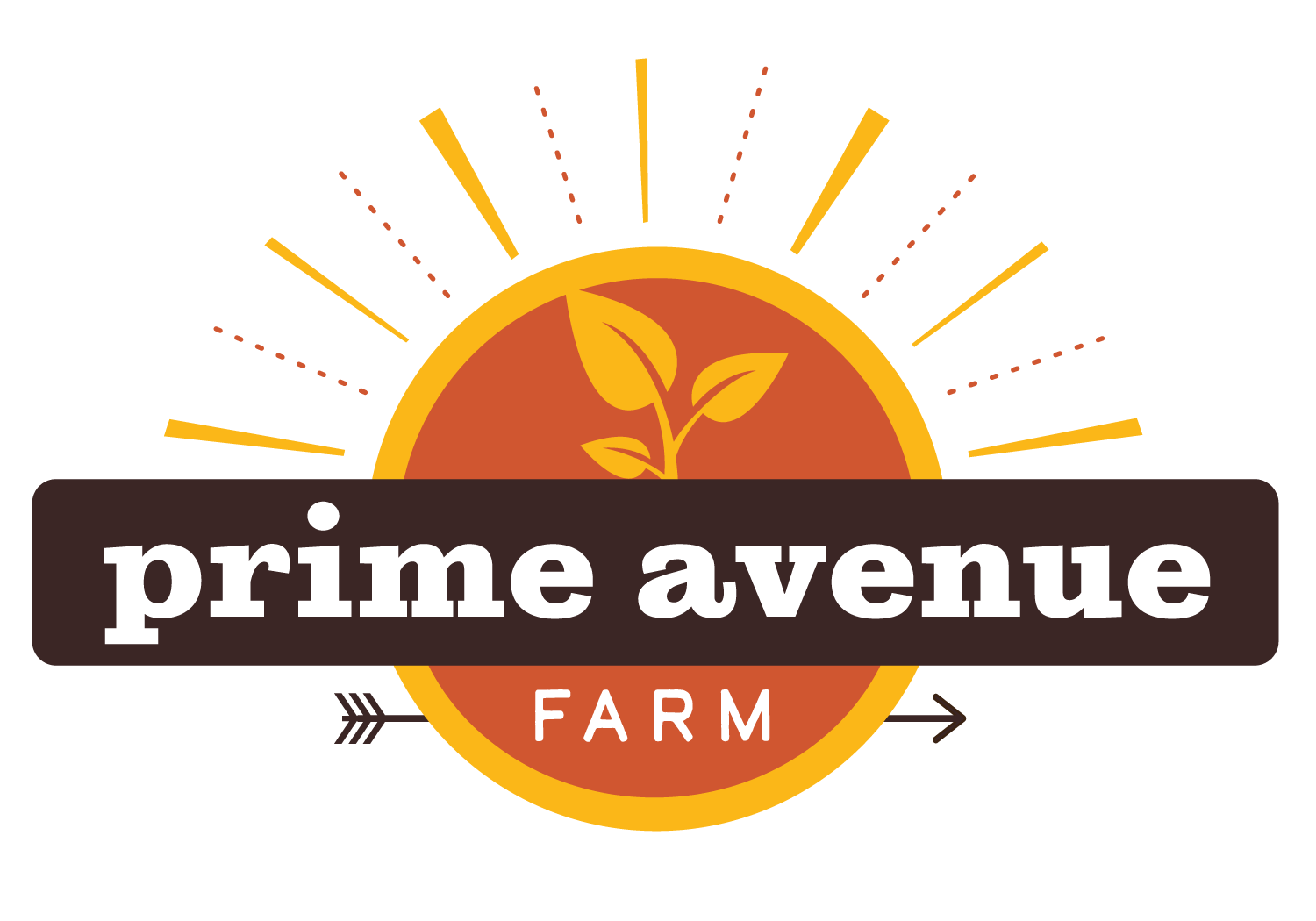How to Grow Garlic
For a thorough description of growing garlic in lands where the ground freezes in winter, we recommend you check out the good work of a team of fine folks through the University of Minnesota, Growing Garlic in Home Gardens. A more detailed guide is Growing Garlic in Minnesota.
Here’s a quick summary of our practices…
Planting:
Timing: At our farm in Central Minnesota, we plant into well-tilled soil around the middle of October. The thought is that we’d like to get it in the ground before it freezes with a little time for it to root. But we don’t want to give it so much time that it sends a sprout above ground. There are different opinions and some research on this, but we also plant when we can get the team together and the weather cooperates.
Spacing: We currently plant beds that are 6 feet wide and include 6 rows, 8 inches apart. We plant the cloves 8 inches from each other within the rows, Cloves are planted pointed side up, with the base of the clove about 2-3 inches below the surface of the soil. Lastly, our walkways are 2 feet wide. This is what works for us based on our comfort in reaching across beds, ease of navigating walkways, and maximizing planting space.
Mulching: We cover the beds and walk-ways with 4-8 inches of quality straw mulch. We try to get mulch that contains a minimum of weed seeds to save ourselves work weeding the following spring/summer, but we get what is available at a reasonable price. You can also use leaves or corn stalks. Mulching protects the garlic from frost damage, preserves moisture and helps to control weeds.
Note: One spring we transplanted garlic that was planted the previous fall. We didn’t own our own farm yet and needed to move the crop. We were pleasantly surprised to see big heads at harvest time.
Spring: Bask in the joy that winter is over and the garlic is sprouting! Garlic is always the first plant up in our gardens. Sometimes we get a little impatient and loosen and fluff the straw to make sure it didn’t shift during the winter, get too thick and prevent the shoots from finding daylight.
Harvesting Scapes:
Timing: Again, at our farm in Central Minnesota, the scapes start maturing in mid-June. We snap them off when there is a complete circle in the stalk and, similar to harvesting asparagus, just above the point where the tender stalk starts to feel rigid. If you pick the scape too early, it will continue to grow. Eventually, you might feel enticed to pick again, which takes more time. If you wait too long, the stalk will get rigid and inedible. Harvesting the scape makes the plant put its energy into growing a bigger bulb, so harvesting the scape is a double win: delicious early summer garlic and bigger heads for eating and your next planting.
Uses: We LOVE eating scapes! See our recipe page for ideas. Our favorites include pickled (on their own and as the garlic in other pickles) and in pesto. Kate, given her tendency to preserve things in bulk quantities, will blitz whatever we have left in the refrigerators with some olive oil and freeze it. Throughout the winter she’ll add a dollop to whatever she’s cooking and save herself the peeling and chopping of garlic.
Storage: See our notes on the Storage blog. Scapes store very well (at least a month!) when kept in a plastic bag in the refrigerator.
Harvest Heads:
Timing: We harvest the garlic in late July when the stalk and leaves are about half dried/yellowed. We also have the external pressure of harvesting so that our garlic is cured and cleaned in time for the Minnesota Garlic Festival on the second Saturday of August.
Aside: Come! The Festival is a wacky, wholesome, fragrant, and completely delightful celebration of garlic, and the people who eat it and grow it in Minnesota (and surrounding states).
Sorting: Once pulled from the ground, we sort garlic by size. See the nifty sizer below that Mark built, inspired by those he saw at Plum Creek Garlic.
Another aside: Extra Large heads have a diameter greater than 2.5 inches. Large heads have a 2-2.5 inch diameter. Medium heads have a 1.5-2 inch diameter. Small heads have a 1-1.5 inch diameter.
We also harvest and sort by variety. We only grow two varieties that look significantly different from each other, so we don’t usually get them mixed up. ‘Music’ is a porcelain variety with white wrappers on the cloves, while ‘Deerfield Purple’ has purple stripes on the clove wrappers. Music has larger cloves and fewer cloves per head than Deerfield Purple.
Curing: We then make bundles of 20 heads/stalks, tie them together with baling twine and hang from the rafters of our barn for about 10 days. We run fans to keep the air moving. The aroma is wonderful!
Note: We usually but not always plant our biggest garlic. The genetics of big cloves will usually produce big cloves. However, fertility of the soil and weed pressure are also very important factors in growing big heads of garlic. All of our garlic–regardless of variety–can be traced back to heads that grew big. For customers who will plant our garlic, we hope you are able to grow large, healthy heads. For the customers who are eating our garlic, bigger cloves also means you need to peel less garlic, and that is in itself a good thing. ;)
Again, this is currently what works on our farm. Do what works for you and have fun! Be in touch if you have questions or to share ingenuity!





